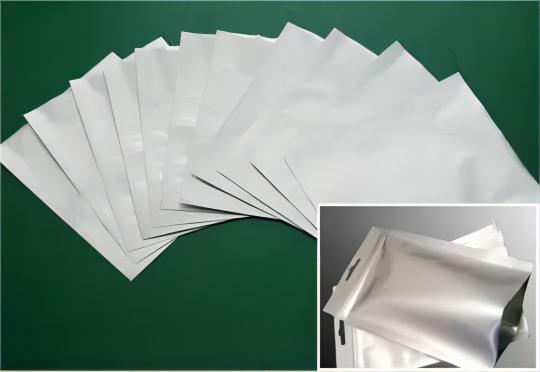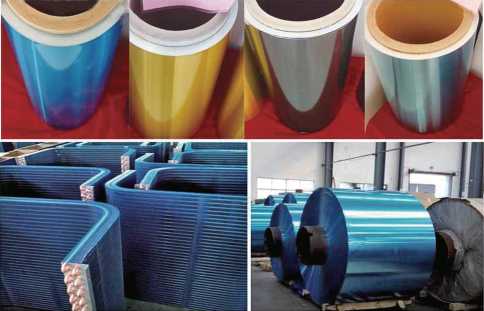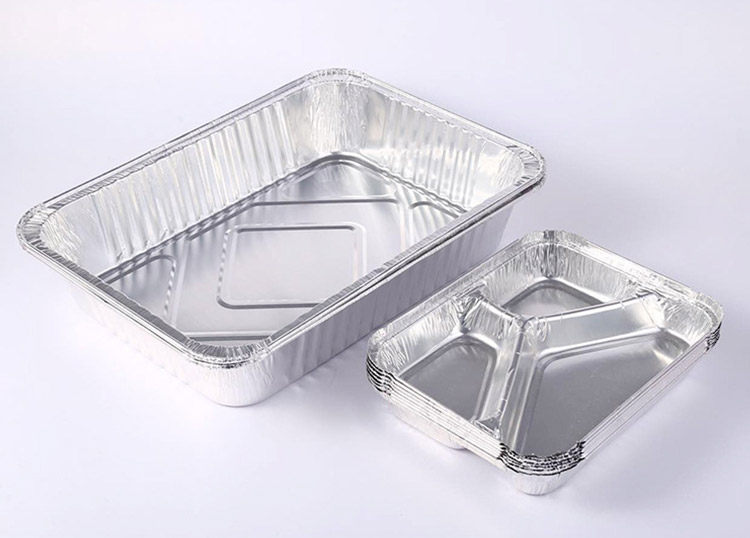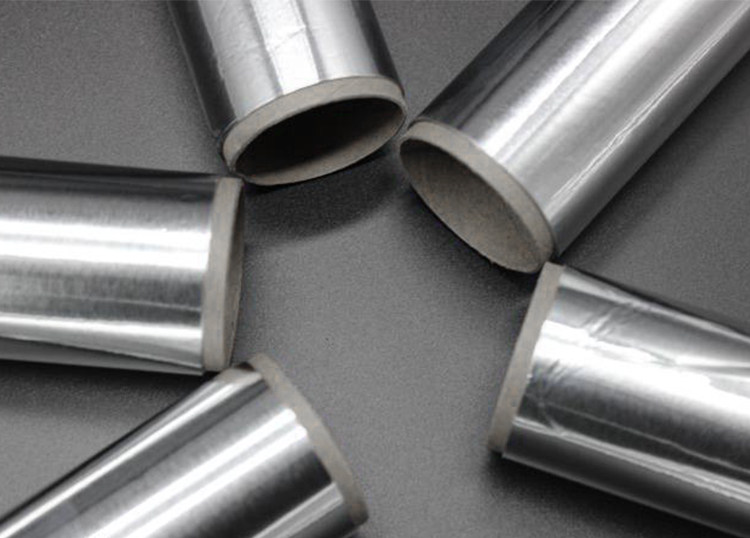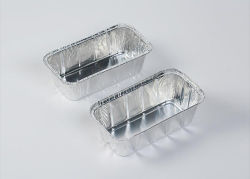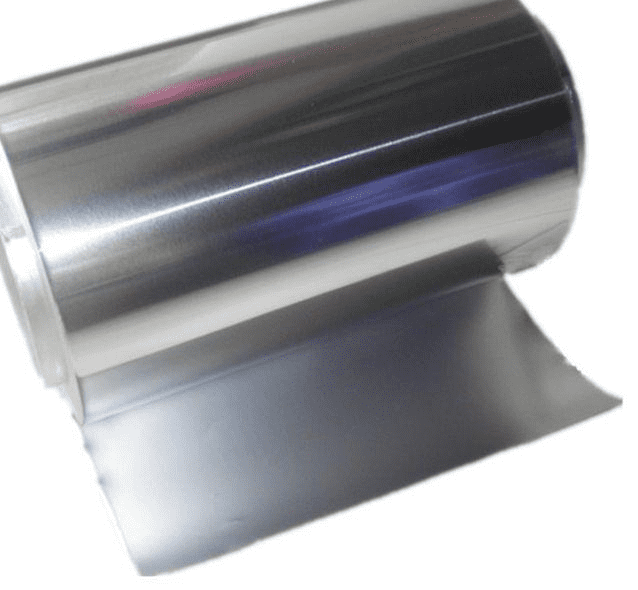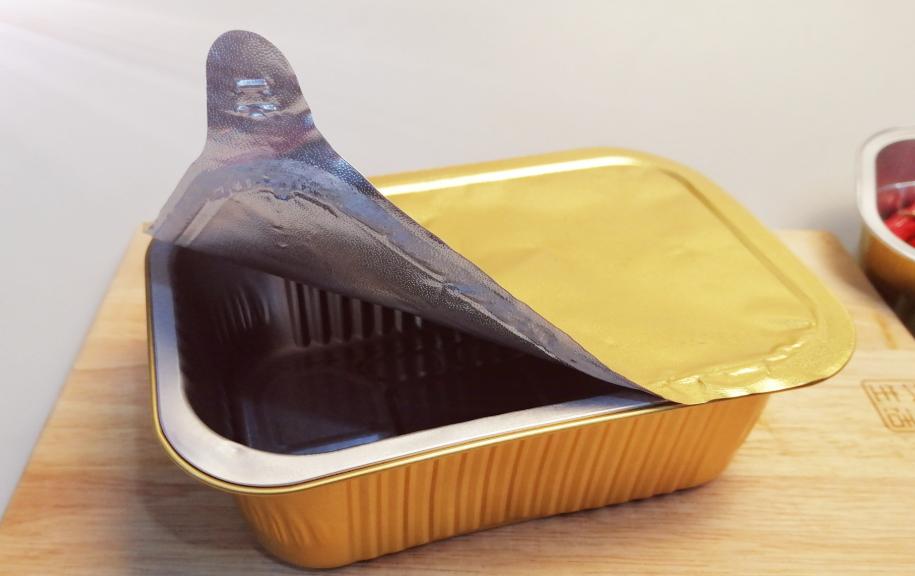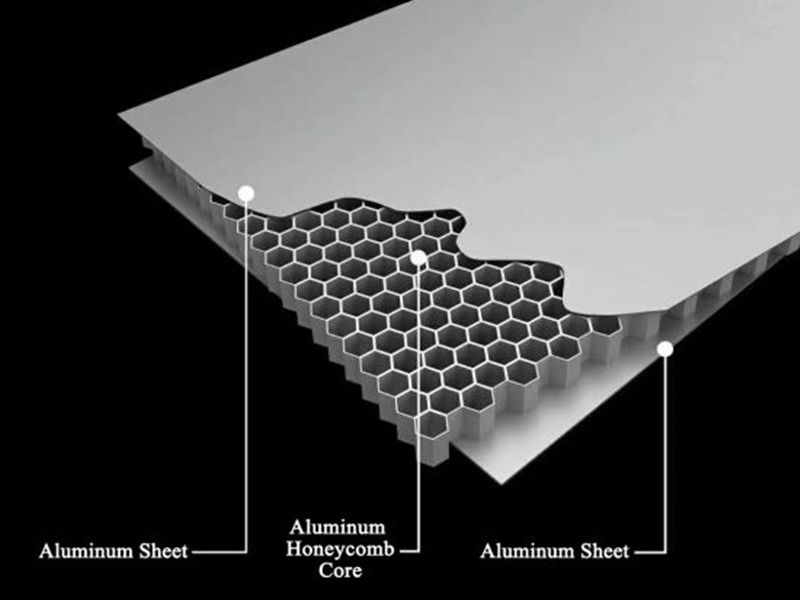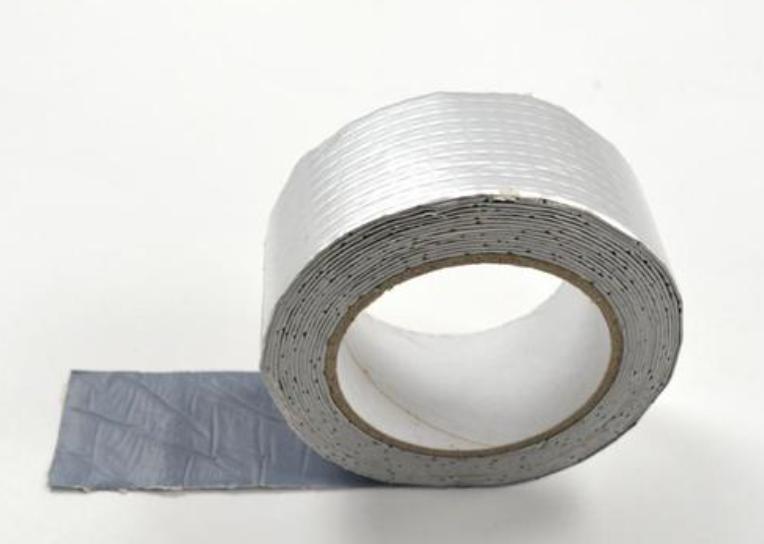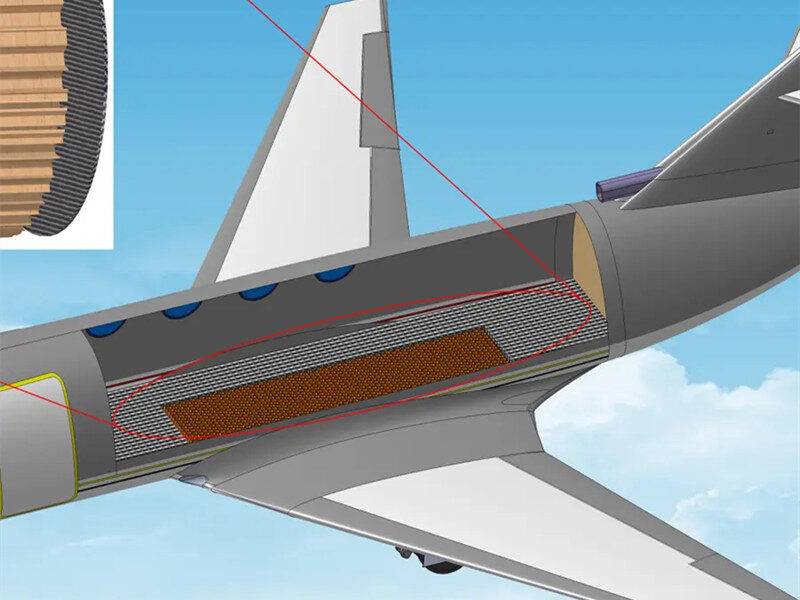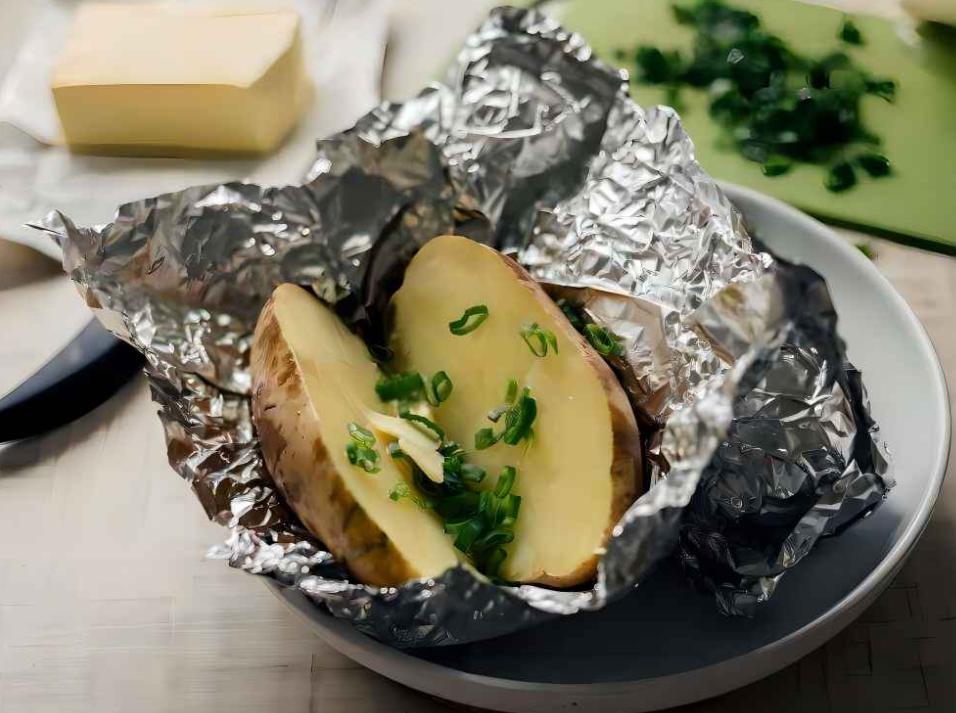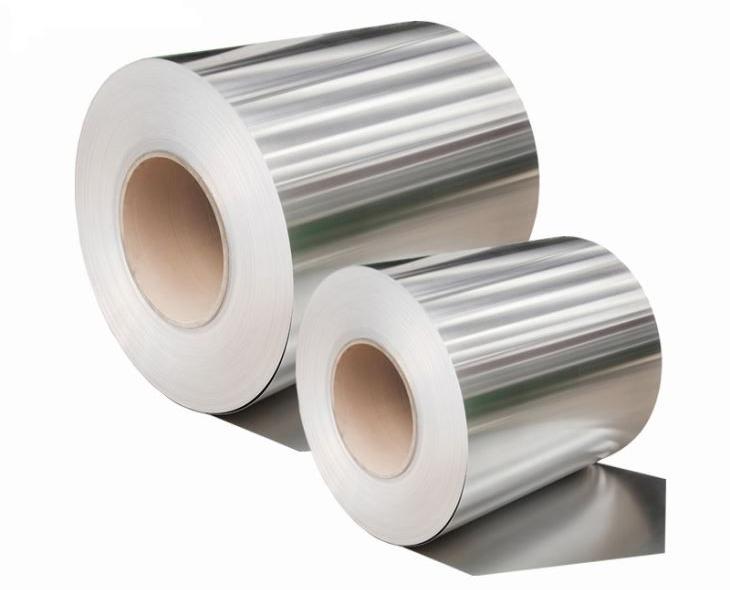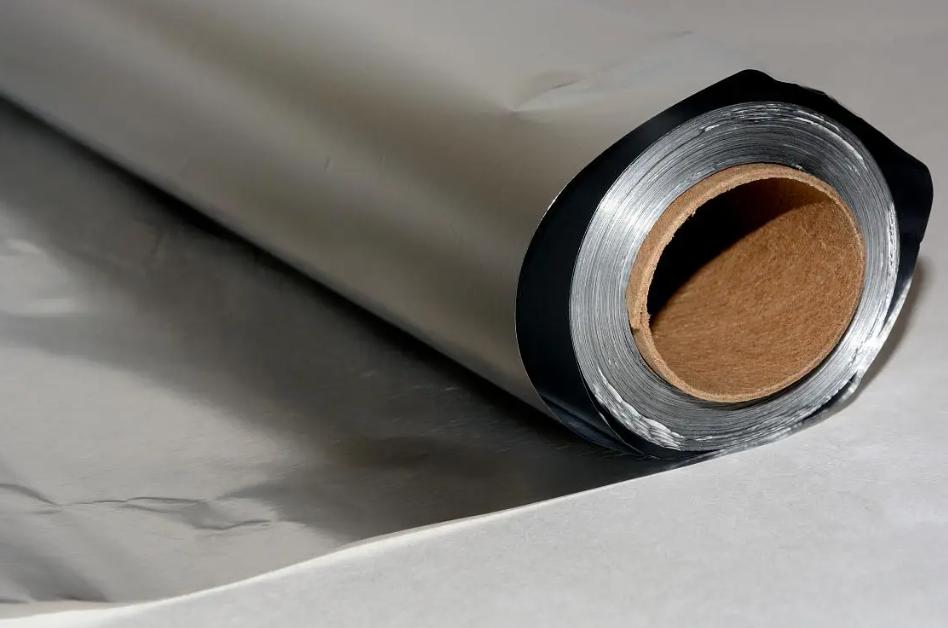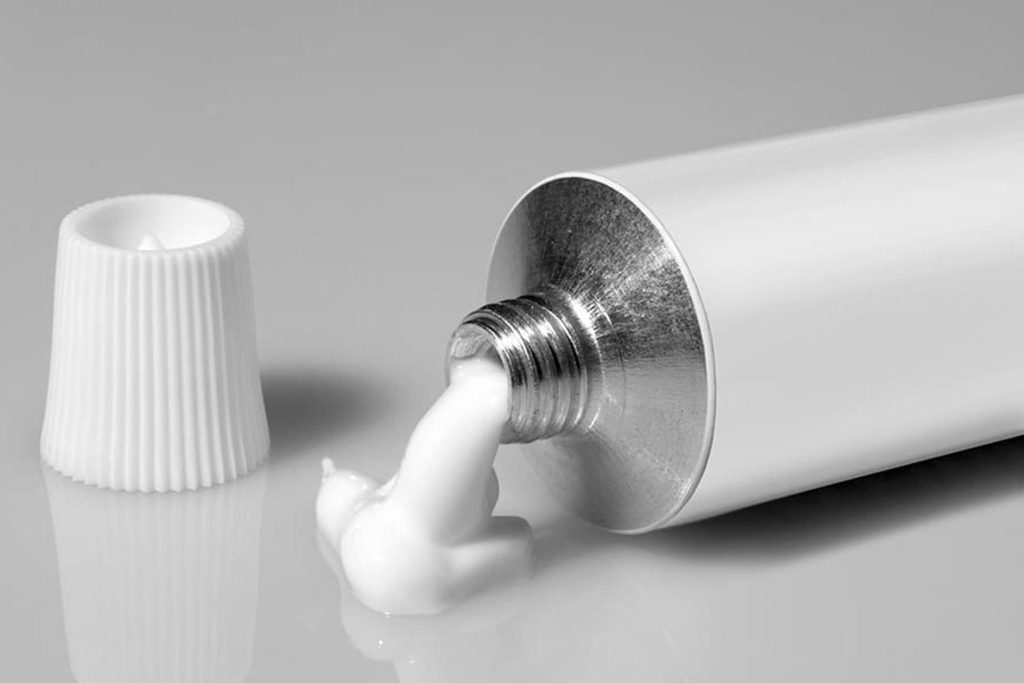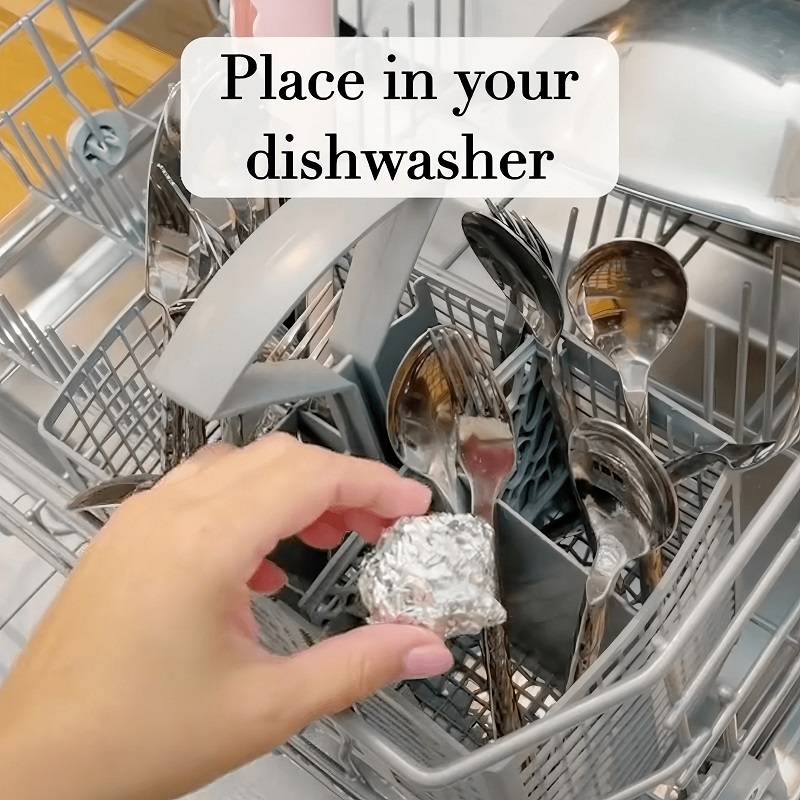In recent years, air fryers have become a staple appliance in many kitchens, offering a healthier alternative to traditional frying methods. However, some questions often arise about the safety and practicality of using aluminum foil in these devices. In this article, we will delve into the safety considerations, potential benefits, and alternative options for using aluminum foil in air fryers.
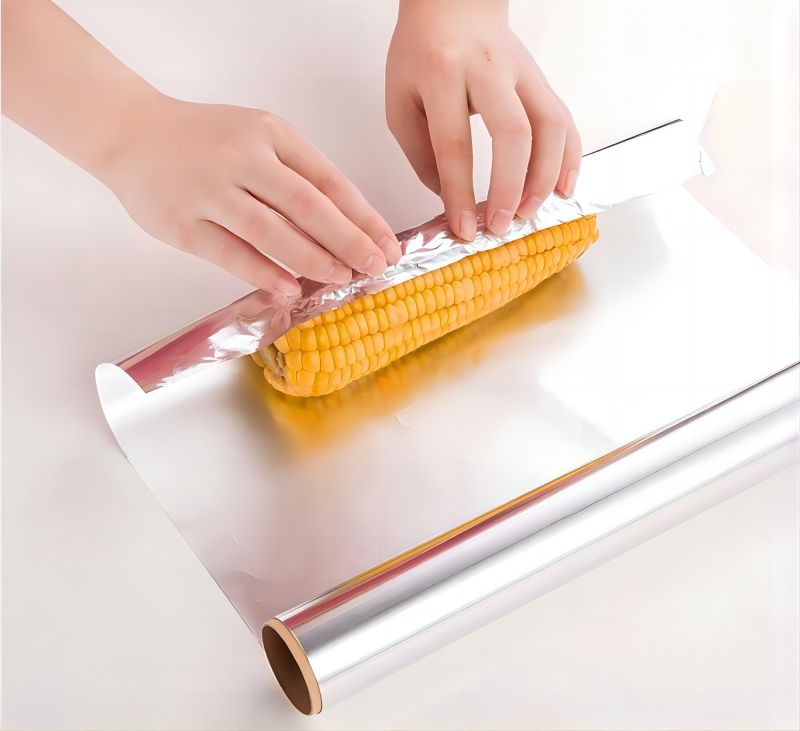
Is it Safe to Use Aluminum Foil in an Air Fryer?
The safety of using aluminum foil in conjunction with air fryers has been a topic of considerable discussion among culinary enthusiasts. Air Fryer aluminum foil, prized for its versatility and convenience in the kitchen, raises concerns about potential risks when subjected to the high temperatures of air frying.
One primary concern revolves around the possibility of aluminum leaching into the food during the cooking process. This apprehension stems from the fact that aluminum can react with certain types of food, particularly acidic or salty ingredients, potentially leading to the transfer of aluminum particles into the cooked dish. The elevated temperatures within the air fryer may exacerbate this process, prompting caution among users.
Experts advocate for the judicious use of aluminum foil in air fryers, emphasizing the importance of moderation and adherence to specific guidelines to mitigate potential risks. For instance, it’s recommended to avoid wrapping highly acidic or salty foods directly in aluminum foil to minimize the likelihood of chemical interactions. Furthermore, opting for thicker foil can offer an added layer of protection against aluminum transfer, reducing the chances of it leaching into the food.
Moreover, ensuring that the aluminum foil does not come into direct contact with the heating element of the air fryer is essential to prevent overheating and potential melting, which could pose safety hazards. Proper placement and handling of the foil within the cooking chamber can help maintain its integrity and minimize any adverse effects on the food being prepared.
While ongoing research continues to explore the safety implications of using aluminum foil in air fryers, anecdotal evidence suggests that many users have employed it without experiencing any discernible negative effects. However, given the lingering concerns surrounding aluminum exposure, particularly in the context of food preparation, individuals may choose to explore alternative methods or materials for lining their air fryer baskets.
Ultimately, the decision to utilize aluminum foil in an air fryer hinges on individual preferences, risk tolerance, and a thorough understanding of the potential implications. Those with heightened apprehensions regarding aluminum exposure may opt to explore alternative basket-lining solutions to ensure the safety and integrity of their culinary endeavors.
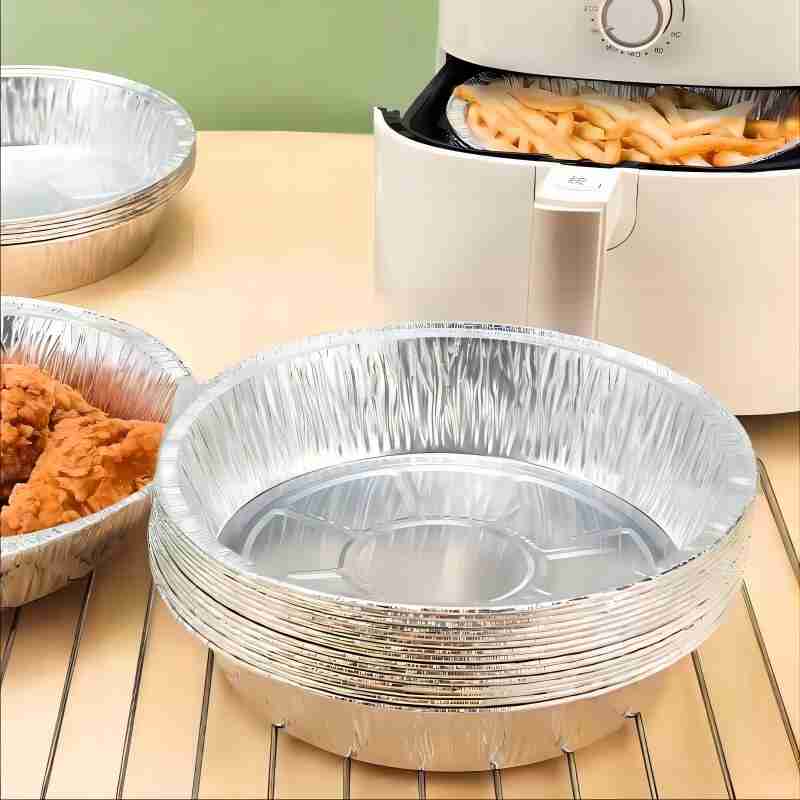
Can Aluminum Foil Make Using an Air Fryer Easier?
Despite lingering concerns regarding safety, aluminum foil remains a go-to solution for numerous air fryer enthusiasts, who praise its unparalleled convenience and versatility. The incorporation of aluminum foil into the air frying process offers a myriad of benefits, making it an indispensable tool for simplifying cooking tasks.
One of the foremost advantages of utilizing aluminum foil in an air fryer is its remarkable ability to streamline cleanup efforts and prevent food from adhering to the basket. By seamlessly lining the interior of the basket with foil, users can effortlessly remove cooked food without the fear of stubborn residues clinging to the surface. This not only saves valuable time and effort but also ensures a more hygienic cooking environment.
Furthermore, the strategic use of aluminum foil aids in the even distribution of heat throughout the cooking chamber, thereby enhancing the uniformity of the cooking process. This feature proves particularly advantageous when preparing delicate culinary creations such as fish fillets or petite vegetables, which may otherwise succumb to uneven cooking in the absence of proper heat distribution. The foil acts as a conductor, effectively dissipating heat and ensuring that every morsel receives the requisite degree of culinary attention.
In terms of ease of use, aluminum foil undeniably serves as a game-changer in the realm of air frying. Its innate ability to prevent food from adhering to the basket and simplify post-cooking cleanup renders it an irresistible option for discerning home cooks seeking to streamline their culinary endeavors. The convenience afforded by aluminum foil transcends mere practicality, elevating the overall air frying experience and imbuing it with a sense of effortless efficiency.
How to Use Aluminum Foil in an Air Fryer?
Utilizing aluminum foil in an air fryer demands meticulous attention to detail to guarantee both safety and optimal cooking outcomes. Below are comprehensive guidelines to seamlessly integrate foil into your air frying routine:
- Select the Appropriate Foil: Opt for heavy-duty aluminum foil to thwart tearing or puncturing during the cooking process. Choosing thicker foil not only fortifies its durability but also diminishes the likelihood of aluminum leaching into the food.
- Craft a Foil Liner: Begin by cutting a piece of foil slightly larger than the dimensions of your air fryer basket. Subsequently, carefully mold the foil to fit snugly inside the basket, ensuring it covers the entirety of the base. It’s imperative to leave a small margin around the edges to facilitate adequate air circulation during cooking.
- Perforate for Optimal Results: When preparing items that release moisture, such as vegetables or meats, puncture the foil with small holes. These perforations serve as conduits for steam to escape, thereby averting the risk of sogginess and promoting the attainment of desired crispiness in your culinary creations.
- Prevent Overlapping: Avoid overlapping multiple layers of foil within the air fryer basket, as this can impede proper air circulation and result in uneven cooking. Maintain a single layer of foil to optimize heat distribution and ensure uniformity in the cooking process.
- Exercise Vigilance: Throughout the cooking duration, remain vigilant and monitor your food closely to prevent the foil from inadvertently making contact with the heating element. Accidental contact between the foil and the heating element can precipitate melting or even ignition, posing a significant safety hazard. By exercising caution and attentiveness, you can preemptively avert potential mishaps and ensure a seamless cooking experience.
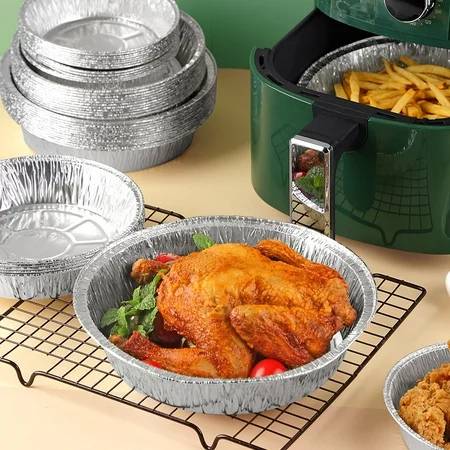
Are There Other Options Besides Aluminum Foil for Air Fryer Basket Liners?
While aluminum foil stands as a favored choice for lining air fryer baskets, a plethora of alternative materials present themselves as viable options, offering similar advantages sans the potential risks linked with aluminum. Let’s delve into these alternatives in detail:
- Silicone Liners: Renowned for their reusable nature and non-stick properties, silicone liners emerge as a prime contender for basket lining in air fryers. These mats can be effortlessly trimmed to match the dimensions of your air fryer basket, ensuring a perfect fit. Moreover, their ability to withstand high temperatures and resilience to dishwasher cycles render them both durable and eco-friendly. Silicone liners provide a reliable alternative to foil, promoting hassle-free cleanup and sustainable kitchen practices.
- Parchment Paper: An additional convenient option for basket lining is parchment paper, prized for its non-stick surface and disposable nature. Deploying parchment paper in your air fryer not only simplifies cleanup but also obviates the need for excessive scrubbing or soaking post-cooking. It is imperative, however, to utilize parchment paper specifically formulated for air frying, as conventional variants may lack the requisite heat resistance. By exercising caution and opting for specialized parchment paper, users can capitalize on its convenience without compromising safety or performance.
- Perforated Air Fryer Liners: Engineered to promote optimal air circulation while thwarting food adhesion, perforated air fryer liners offer a pragmatic solution to lining baskets. These specially designed sheets feature perforations that facilitate the free flow of air around the food, ensuring even cooking and superior results. Available in a myriad of sizes to accommodate various air fryer models, perforated liners eliminate the need for post-cooking cleanup, as they can be disposed of after use. Embracing perforated air fryer liners exemplifies a commitment to efficiency and convenience in the kitchen, without compromising on culinary excellence.
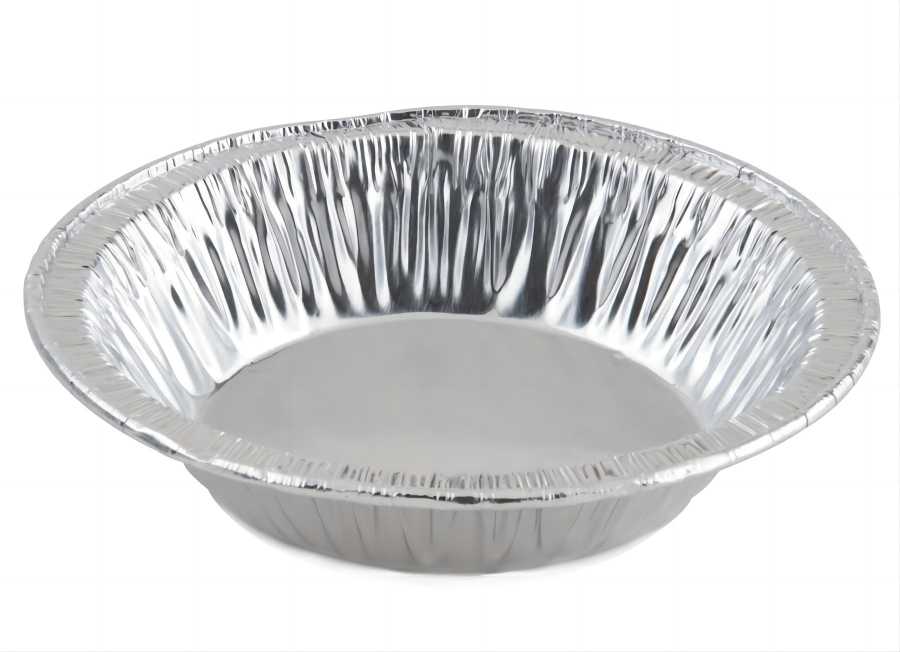
Conclusion
The debate over using aluminum foil in air fryers continues to spark discussion among home cooks and culinary experts alike. While some swear by its convenience and effectiveness, others express concerns about its safety and potential for aluminum transfer.
When used judiciously and in accordance with best practices, aluminum foil can be a valuable tool for simplifying the air frying process and achieving delicious results. However, individuals with concerns about aluminum exposure may opt for alternative materials such as silicone liners, parchment paper, or perforated air fryer liners.
Ultimately, the key to safe and successful air frying lies in understanding the risks and taking appropriate precautions. By exploring different options and experimenting with various basket liners, home cooks can enjoy the benefits of air frying while minimizing potential health hazards.

